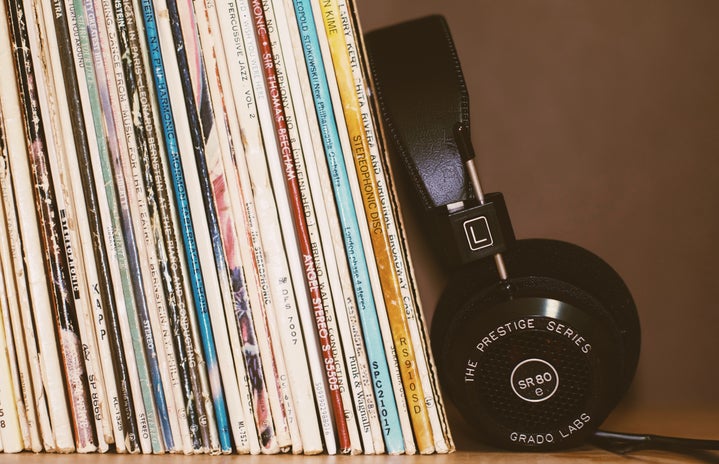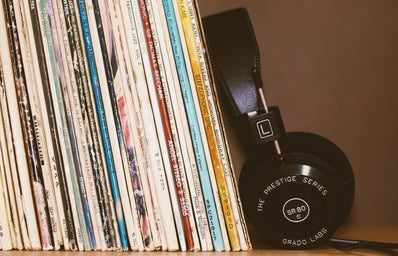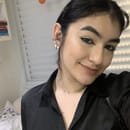In case you haven’t been in the loop of the latest pop gossip involving Brazilian drag queen Pabllo Vittar and American pop singer Chappell Roan, I’ll happily do the honors and bring you up to date!
We all know that for most artists and music enthusiasts, Spotify is a pretty big deal for measuring numbers and global relevance, right? And all of this discussion stemmed from Spotify’s Top 50 Global.
After Pabllo’s newest release, “Alibi”, became part of TikTok viral videos, the numbers didn’t stop growing: its reproductions in Spotify surpassed 189 million! Consequently, the music started to play repeatedly in everyone’s ear, taking Vittar to the Top 50 Global and turning her into the first drag queen to achieve that accomplishment, or so we thought…
After the claim started to be reinforced by media and Pabllo’s fans, X’s (former Twitter) users began to question and invalidate the Brazilian’s achievement, as Chappell was actually the first drag queen to hit the Top 50 Global with “Good Luck, Babe!”.
While the discussion was still a hot topic, Pabllo Vittar was invited to a Brazilian podcast, Quanto Vale Essa História?, to concede an interview to Bianca DellaFancy who eventually brought Spotify’s ranking up. Revolting part of the internet, the singer and Bianca admitted that she still considered herself the first drag queen to hit the Top 50.
After misogyny allegations and fanbase rivalry, a discussion questioning gender and drag queens was revived on the internet once again. After all, what does it mean to be a drag queen?
Let’s get back to the beginning
Historians date back to Ancient Greece and Rome to determine the beginning of drag queen appearance, where men would interpret feminine characters in theaters. Besides this evidence, 17th-century Japan also included feminine representation in kabuki theater. A century later, opera presentations in Pequin, China, joined the practice.
Beyond all of these theories: Ancient Greece and Rome, the 17 and 18th centuries, Shakespeare’s Elizabethan theater, Victorian England, racist minstrels shows, and vaudeville theaters, we find the literal drag queen practice in drag balls that began to emerge in the USA late 19 century.
Lady J, a drag artist with a doctorate in musicology specialized in drag history, credits drag balls to black and Latin artists who were excluded and restrained from drag contests created to white drag queens and woman imitators. Due to that, black artists began to organize their own competitions in drag balls.
William Dorsey Swann, born enslaved in 1858 in Maryland, began to organize drag balls back in 1882 and is known to be the first entitled queen of drag, a pioneer in modern drag queen. Thanks to him, the practice suffered modifications and perpetuation until today.
Back to the future
There is no modern drag queen scenario without mentioning RuPaul’s Drag Race, that transformed drag queen’s media representation. The show, running since 2009, became part of pop and LGBTQ+ culture and a new safe place of recognition and representation for drag queens and transgender people, offering them a chance to change their lives and reinforce their existence with power and pride.
It also potentiated drag knowledge into the mainstream, gaining critic’s recognition and piling 12 Emmys up. Not hidden between secret encounters and exclusive productions, everyone with an internet connection can watch and root for a drag queen, normalizing their existence and with even bigger baby steps, diminishing prejudice.
Gatekeeping drag performance
Susceptible to reproducing misconceptions and mistakes, once in the past Ru has already declared that he wouldn’t take in trans women and cis women to participate in RuPaul’s Drag Race. Questioned about Peppermint, a transgender woman, he states that he probably wouldn’t admit a trans woman if she had already started gender-affirming surgery. This allegation invalidates trans women since that implies that they “turn into a woman” only if they change their bodies.
This is not the only time Ru has disappointed the LGBTQ+ community with narrow-minded comments, and the gatekeeping participation in the show is due to his motivation to start the show: to reject masculinity and male-dominated culture. The cis and trans woman rejection follows his opinion that “drag loses its sense of danger and its sense of irony once it’s not men doing it”.
RuPaul’s Drag Race is Ru’s show to do whatever he sees fit, that’s true, but allowing all genders to participate, would permit the show to follow with the expansion that the LGBTQ+ community is facing in society, and along with that, expand diverse possibilities in reinventing the show.
Can a woman be a drag queen?
In a short and direct answer, yes! Outside of the main drag representation in the media, RuPaul’s Drag Race, we have a lot of women, and groups of women that identify as drag queens!
Drag art is all about expressing your inner artistic persona, and expelling it in a performance, so it shouldn’t be about limiting genders, reinforces drag queen Black Aurora, performed by Luis Augusto, 36. “Drag is an artistic expression, a way to express feelings and references. It’s not about gender. It’s about wanting to put out a part of us that has always been there, and all of a sudden, it surfaces. Deep down, everyone has a sleeping diva.”
Unfortunately, feminine representation in the drag environment is very scarce, so a lot of women get invalidated and refused performance jobs.
Drag is also a political act, it reaffirms your existence, whether a woman, man, or queer, while performing your inner persona, complements Black Aurora.
“Drag means feeling good with yourself. It means being capable of passing a message. Drag is both fun and a political act. Drag is freedom, including the ability of transiting between genders, it’s the pain in wearing heels to walk towards confidence.”
Says Black Aurora
An example of women inserted in drag environment is the Riot Queens which are composed of women who got inspired by the creation of the project, some of them didn’t even know that was possible!
They bring to light a discussion about self-knowledge, self-esteem, and empowerment in performing as a drag queen.
After this whole drag queen class, we can answer the title’s question and give recognition to both Pabllo Vittar and Chappel Roan. After all, the most important thing is the political act and achievements in this fight.
LGBTQ+ community should team up, root for their artists, and celebrate every new victory as being queer. There is no place for rivalry, the one and only Chappell Roan declares that she has taken Pabllo as an inspiration since the beginning of her career.
That being said, let’s have less drama and more queens!
—————————————————————–
The article above was edited by Ludmila Costa.
Liked this type of content? Check Her Campus Cásper Líbero home page for more!


